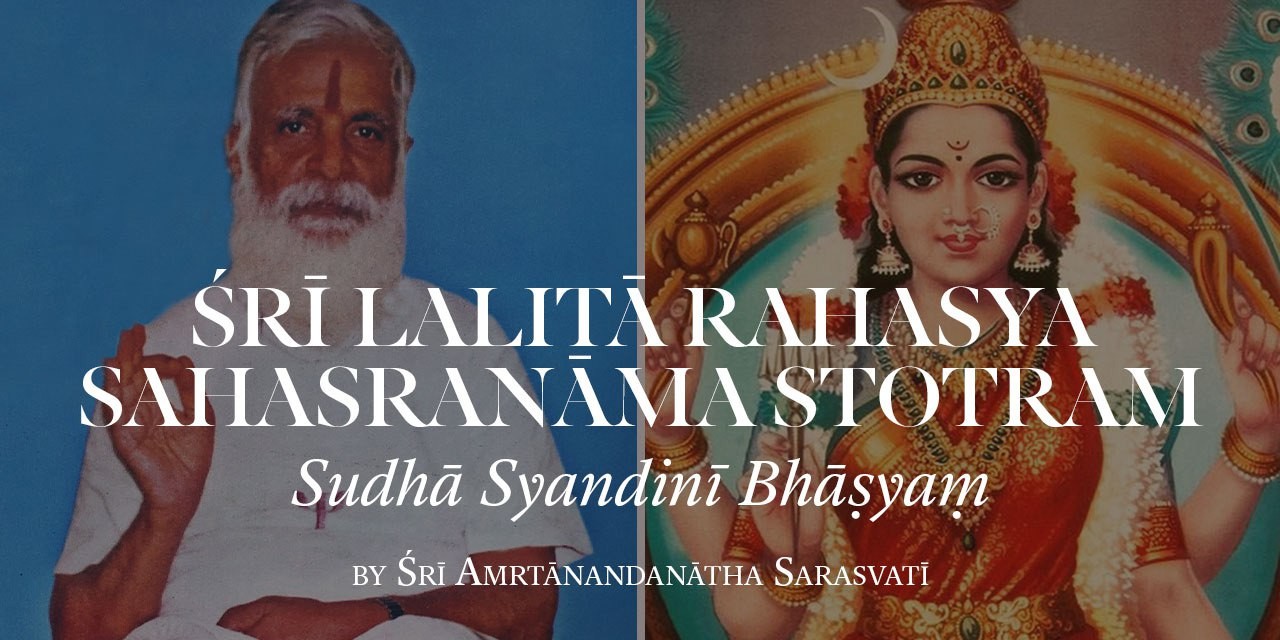- Edited

3) Śrīmatsiṁhāsaneśvarī
Lalitā rides on a lion, She is auspicious. Simha means a lion. When it is used as an 'āsana', or carrier or mantra, the word takes on different forms. As simha the lion, it is rajasic; action and power-oriented. Simha becomes himsa, meaning violence. In the violent form, the upāsana is tamasic, destructive. A minor twist to simha makes it hamsi, the female swan. The swan is a symbol of tranquility, the stillness of the lake of mind. It is also a symbol of discrimination, since hamsa, the legendary bird is capable of separating milk from water, that is, reality from illusion. In the form of hamsi, the mantra is the carrier of Sarasvatī; it becomes sattvic upāsana, enjoyment oriented. This is so because Sarasvatī is the creatrix, and all forms of creativity, physical, mental or causal, entail supreme joy. Hamsaḥ also means 'aham saḥ', meaning the knowledge that 'I am that which I see'.
Even if the upāsana did start in the tamasic form of killing animals as a sacrifice to Devi, it evolves through Her grace soon into killing one's own internal animals of greed, anger, illusion, pride, envy, fear, etc. Further evolution goes on through the rajasic forms, of trying to do good to the world, by acquiring power and control over all men, women and the elements; then through the sattvic forms of spreading love, affection, knowledge and discrimination, of worship of sensual bliss as a divine expression, of joy of self-giving to others, in what is known as Śrī Cakra; then to the equilibrium between the three higher forms of upāsanas, that of eliminating internal enemies, acquiring power, and universal love; then finally leading to even reducing these higher forms of upāsana, to just simply being the God that one is, in the permanent bliss of self-knowledge. Then one rides the lion; one has controlled the lion, one is Lalitā.
Source: Śrī Amṛtānandanātha Saraswatī "Sudhā Syandinī Bhāṣyaṃ" Typed Manuscript
(an incomplete commentary on Lalitā Sahasranāma)

